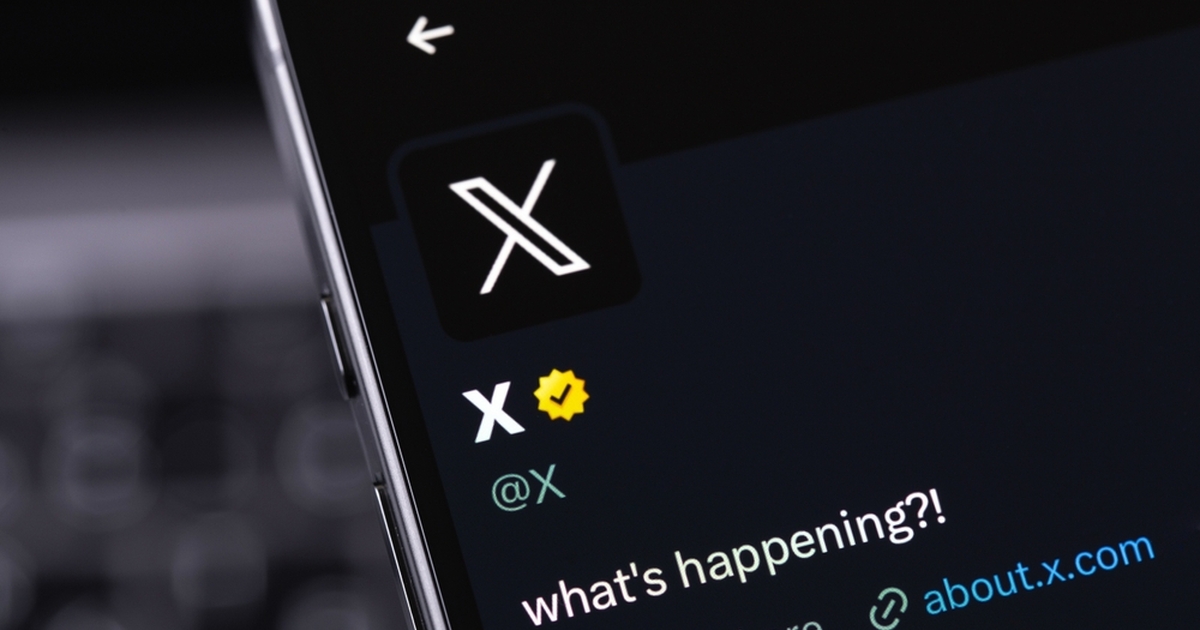Elon Musk’s social media platform, X (formerly Twitter), is set to implement a controversial change that will allow users you’ve blocked to see your public posts.
This update, announced on September 23, 2024, has sparked significant debate regarding user control and privacy on the platform.
Read also: Top countries with highest TikTok users in Africa
New visibility for blocked X users
Under the new policy, blocked users can still not interact with your posts, but they can now see your public content. Musk mentioned that while the block function will stop the blocked account from engaging with you, it won’t prevent them from viewing your public posts.
In the past, if a user tried to check the profile of someone who had blocked them, they would receive a notification stating they were blocked, along with limitations on viewing replies, media, and follower lists.
Musk and his team justify this change as a way to improve transparency on the platform. A source from X pointed out that individuals could view posts from blocked accounts by logging out or using different accounts. Thus, the update seeks to align the blocking feature with how users behave on social media.
Public reactions and concerns
The announcement has sparked mixed reactions. Supporters believe this change could stop users from bypassing blocks with alternative accounts and encourage accountability. On the other hand, critics worry that allowing blocked users to see posts might lead to harassment or stalking, especially for those who rely on blocking to shield themselves from unwanted interactions.
Musk’s long-standing criticism of the block feature is well-known; he has previously called it nonsensical and suggested replacing it with a more effective mute option. He has even hinted at removing the block feature entirely in favour of direct message controls.
Read also: Telegram bows to pressure and agrees to release users’ data to authorities
Implications for X users
As X continues to change under Musk’s leadership, this latest update raises significant questions about user experience and safety.
While it aims to foster a more open communication platform, it also challenges conventional ideas of privacy and control over personal content. Users may need to rethink their approaches to managing interactions on X as these changes take effect.
















